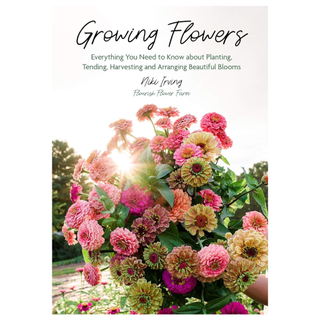When to Stop Planting Spring Bulbs — A Professional Says to Do it This Month, for Brighter Blooms Next Year
Expert advice on what you should do to get the best out of your plants
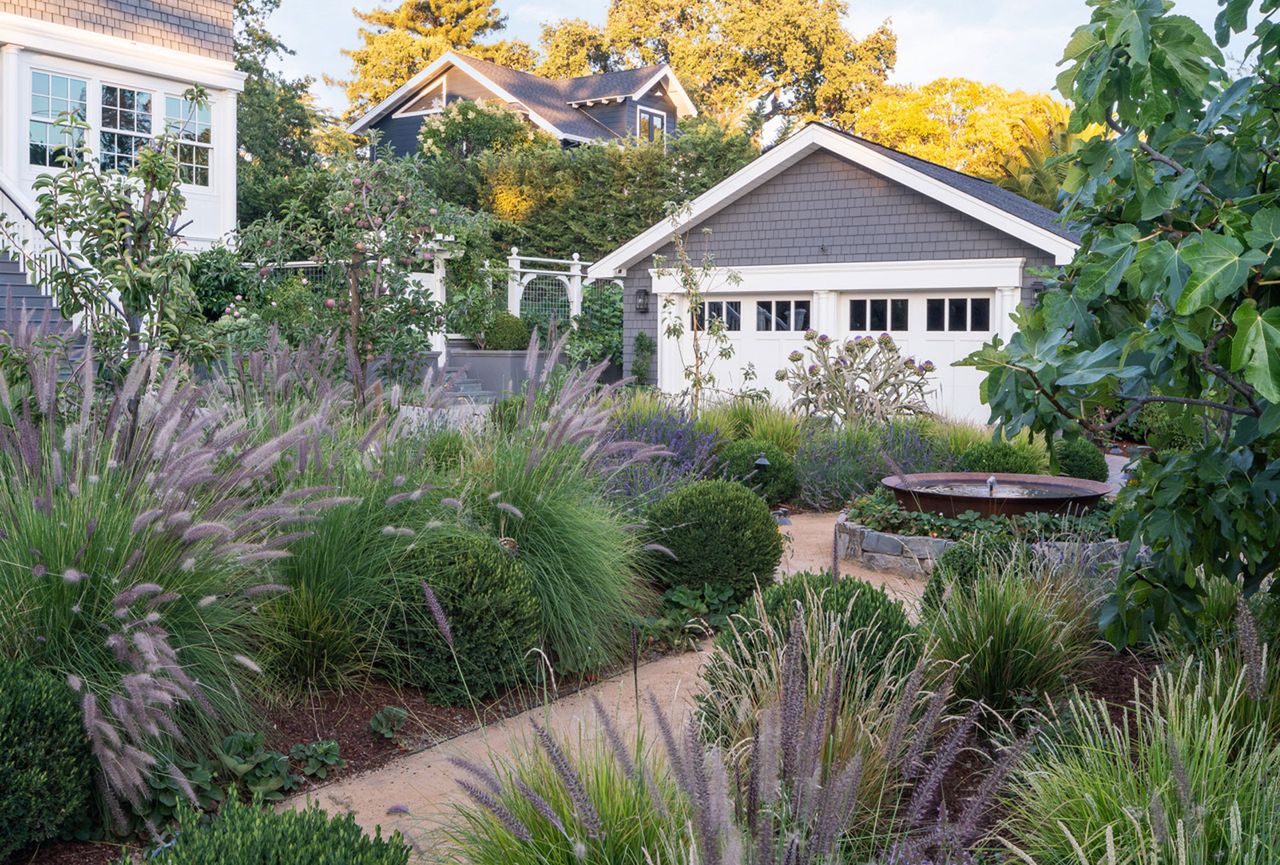

If your home garden isn't flowering, your planting schedule may not align well with the growing environment certain crops need. As a beginner gardener, the first step you'll want to take in turning your backyard into a panorama of pretty flowers is understanding how to time your spring-blooming plantings just right.
It could be that you source everything you need to grow your favorite plants, but you're never able to reap what you sow. In such cases, consider the question of when to plant spring bulbs, aside from just how. Since these spring crops have very specific growing needs, planting them at the wrong time could be the one (but crucial) mistake you're making.
Now, if you're curious about when this planting period ends and whether you're losing your spring bulbs to incompatible conditions, consider your doubts lifted. We sourced some expert insight to help you avoid planting your bulbs at the wrong time and losing out on a flowerful gardenscape. Here's what you need to know.
When Should You Stop Planting Spring Bulbs?
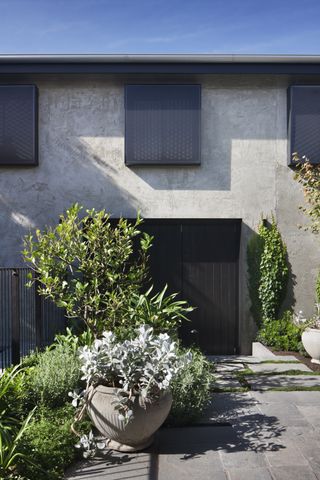
In conversation with gardening expert Tony O'Neill, he tells us that spring bulbs should ideally be planted before the ground freezes and while the soil is still workable.
"In most regions, this means stopping bulb planting by late November to early December," he explains. "This timing ensures the bulbs have enough time to establish roots before the ground freezes, allowing them to bloom successfully in spring."
Be it spring bulbs for cut flowers or lush green foliage, there comes a time beyond which they're not suitable for planting. So, instead of losing your bulbs to the frost, it's best to stick to this natural planting schedule.

I'm Tony O'Neill, a gardening expert and best-selling author. I am an educator with a thriving YouTube channel that has 426,000 subscribers and receives over 1.4 million monthly views. Through my award-winning website, simplifygardening.com, I share my passion for gardening and sustainability. I've authored books including "Composting Masterclass," "Your First Vegetable Garden," and "Simplify Vegetable Gardening," empowering individuals to cultivate their own green spaces.
Can You Plant Spring Bulbs After the First Frost?
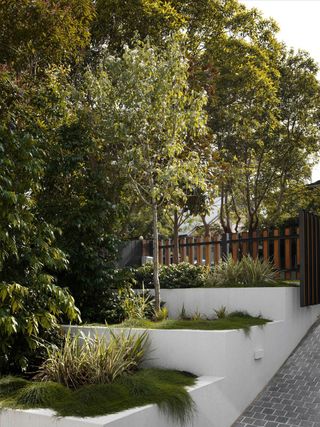
"Yes, spring bulbs can be planted after the first frost," affirms Tony. "Just as long as the ground is not frozen solid."
According to Tony, spring bulbs need cool soil to establish roots but still require some time before the harsh winter sets in. "If you're planting late, consider adding a layer of mulch over the soil to insulate," he advises. "And protect the bulbs from sudden temperature drops."
Although it's not highly recommended to sow spring bulbs so late in the year, by following these bulb-planting tips, you can make the most of your outdoor space in hopes of successful blooms.
If you follow a proper growing schedule and pay attention to technical details like USDA zones, temperature needs, humidity levels and such, you'll find your garden inhabiting a lot more spritely flowers and a lot less droopy stems.
By paying attention to these sometimes tedious details, you can turn around your wilting streak and finally enjoy the fruit (or flower) of your labor.
And if you're looking for some great reads to add to your collection that can help you learn more about fostering a green thumb, then feel free to peruse our chosen book buys below.
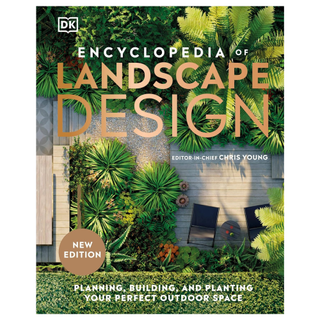
Price: $31
Format: Hardcover
Just one click away on Amazon, the Encyclopedia of Landscape Design: Planning, Building, and Planting Your Perfect Outdoor Space by DK is the perfect buy for beginner gardeners looking to plan out their green spaces to perfection.
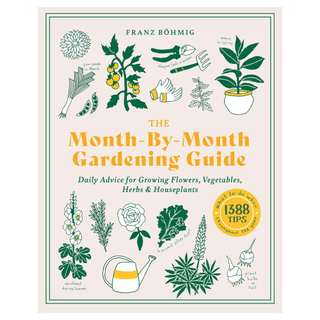
Price: $16
Format: Paperback
The Month-by-Month Gardening Guide: Daily Advice for Growing Flowers, Vegetables, Herbs, and Houseplants by Franz Böhmig is full of helpful tips and tricks to support your journey as a plant parent in accordance with the seasons.
FAQs
Which Spring Bulbs Should You Not Plant in Winter?

If you choose to plant spring bulbs past the recommended time frame, it's important to pick and choose your crops with great intention. That way you won't lose out on garden space that's destined to wilt, and you can focus it on bulbs that actually have a chance at sprouting.
Tony tells us that tender bulbs such as daffodils and tulips can handle late planting, but he suggests avoiding planting more delicate varieties like crocus or hyacinths in winter.
"These bulbs require a longer root establishment period and might not perform well if planted too late," he says. "Stick with hardy, robust bulbs for late-season planting."
Be The First To Know
The Livingetc newsletter is your shortcut to the now and the next in home design. Subscribe today to receive a stunning free 200-page book of the best homes from around the world.

Amiya is a Home Wellness Writer at Livingetc. She recently graduated with a Masters Degree in Magazine Journalism from City, University of London, and has lent her words to beauty, fashion, and health sections of lifestyle publications including Harper’s Bazaar and Women’s Health. Her experience as a research analyst has equipped her with an eye for emerging trends. When she’s off the clock, she can be found reading, listening to music, or overanalyzing her latest Co-Star update.
-
 Brigitte Romanek Just Invented the Coffee Table 'Canyon' — And It's My New Favorite Way to Display Books
Brigitte Romanek Just Invented the Coffee Table 'Canyon' — And It's My New Favorite Way to Display BooksThe designer’s latest Crate & Barrel collection turns storage into statement, starting with a coffee table that makes your best-looking books part of the display
By Julia Demer Published
-
 Everybody's Still Talking About Dopamine Decor — But Now This Joyful Trend Has Evolved
Everybody's Still Talking About Dopamine Decor — But Now This Joyful Trend Has EvolvedDopamine decor has evolved to embrace neutral background and earthier pigments, but it's still as bright and sunny as ever
By Pip Rich Published
-
 The Flower of the Moment? This Glossy-Headed Plant Is the Unexpected Pick That Feels 'Artistic' and 'Edgy'
The Flower of the Moment? This Glossy-Headed Plant Is the Unexpected Pick That Feels 'Artistic' and 'Edgy'You might know anthurium best as a Christmas plant, but there are all different types, many of which have become the new darling of the most exciting floral designers
By Amiya Baratan Published
-
 It's the Year of the Wood Snake — Here’s What You Should Be Doing at Home to Harness Feng Shui
It's the Year of the Wood Snake — Here’s What You Should Be Doing at Home to Harness Feng ShuiWhat's the vibe for 2025? Wood elements, serpentine crystals, and fire energy, say our Feng Shui experts
By Amiya Baratan Published
-
 Good Organizers Swear By the 'Library Cart Method' for Keeping Your Home Tidy — So How Does It Work?
Good Organizers Swear By the 'Library Cart Method' for Keeping Your Home Tidy — So How Does It Work?A rolling cart a day keeps the organization at bay
By Amiya Baratan Published
-
 All Bonsai Trees Are Beautiful, but Each Type Has Its Own Distinct Charm —These Are 6 of Our Favorites
All Bonsai Trees Are Beautiful, but Each Type Has Its Own Distinct Charm —These Are 6 of Our FavoritesThe art of bonsai creates elegant natural landscapes that will uplift your space
By Sarah Wilson Published
-
 How to Clean a Patio Umbrella — 5 Simple Steps You Can Take Ahead of Setting Up Your Garden for Spring
How to Clean a Patio Umbrella — 5 Simple Steps You Can Take Ahead of Setting Up Your Garden for SpringPreserve the lifespan of your outdoor umbrella with this easy cleaning guide
By Seraphina Kyprios Published
-
 10 Ideas for Decorating With Monstera That Will Make These Tropical Plants Your Favorite Part of Your Home
10 Ideas for Decorating With Monstera That Will Make These Tropical Plants Your Favorite Part of Your HomeIt's not too late to fashion your monstera with the flair of a pro
By Amiya Baratan Published
-
 When Should I Start Planting for Spring? How to Time It Right for Your Garden to Burst Into Life
When Should I Start Planting for Spring? How to Time It Right for Your Garden to Burst Into LifeStart sowing seeds indoors now if you want to get ahead start...
By Jacky Parker Published
-
 5 Ways to Declutter Better When You're Dealing With ADHD — According to These Experienced Organizers
5 Ways to Declutter Better When You're Dealing With ADHD — According to These Experienced OrganizersIf you find yourself experiencing overstimulating burnouts every time you try to declutter, try enlisting help from these ADHD-friendly tips
By Amiya Baratan Published
